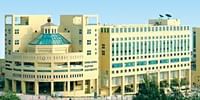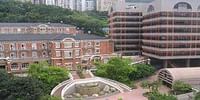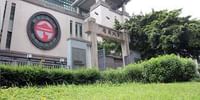The programme also seeks to provide a basis for continuing professional development, and encouragement for professional specialization or higher academic study, particularly for holders of associate degree or higher diploma in architectural studies looking for articulation with the corresponding full-time bachelor's degree programme.
The Programme aims to offer a well-balanced curriculum with emphasis on the technological aspect of architectural design and construction. It is also designed to equip participants with the concept of full integration between various disciplines within architectural studies and in particular, the importance of integration between architectural studies with other trades within the building industry, including building service engineers, builders, developers, surveyors and property managers.In addition, the programme aims to provide a suitable foundation for the educational development, within an academic environment, in order that students may reach their maximum potential. This foundation is achieved by attaining a balance between the intellectual, vocational and the practical constituent elements and by fostering an attitude of enquiry, confidence and professionalism.
Intended Learning Outcomes of Major (MILOs)Upon successful completion of this Major, students should be able to:
- Apply underlying principles and processes involved in the design of the built environment;
- Understand the performance criteria within the architectural professional;
- Explain the concept of full integration between the various disciplines within architectural studies;
- Judge, assemble, co-ordinate, control the resources and function alone or on multi-disciplinary teams;
- Identify, formulate, and solve problems in the architectural professional creatively and innovatively;
- Have an understanding of professional and ethical responsibility;
- Communicate effectively;
- Evaluate the impact of architectural design upon society and the environment;
- Collect and analyse data from a variety of sources, to correlate information and to use that information in the synthesis of solutions to unfamiliar problems;
- Use the computer/IT tools relevant to the discipline along with an understanding of their processes and limitations.
- Demonstrate the attitude and/or ability to accomplish discovery and/or innovation.











